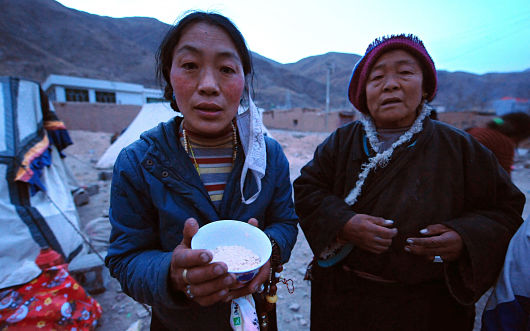China’s Modern Tactics to Address Domestic Poverty

China, as the world’s most populous country with the second largest economy, faces a hushed issue on an epic scale. Nearly 70 million Chinese citizens live in severe poverty, most of them in the country’s expansive rural areas. Recently, President Xi Jinping has stressed the importance of poverty reduction within China as a means for economic and social growth.
China seeks to eradicate domestic poverty by 2020. Between 1978 and 2014, the country successfully lifted 730 million impoverished citizens above the poverty line. However, there is still much work to be done—a sentiment that is at the heart of President Jinping’s domestic policy. He called for “high precision” in governmental policy.
The government is implementing time-tested tactics to address the issue, such as subsidies and work programs, but President Jinping’s policy also calls for the use of information age strategies and tools. In 2014, an internal database was complied of all Chinese citizens who are considered impoverished. The data complied included income levels, employment status and location. The government then hired top data analysts to determine, in the most empirical way possible, the causes of poverty in certain areas and the best respective solutions.
Big data has long been used by technology firms, but this marks its first major wide-scale usage in terms of humanitarian causes. The data collected will lead to the swift and accurate remedies that President Jinping seeks. China’s experiment in using numbers and analysis in addition to money and support may prove to be revolutionary and help the country reach its goal before 2020.
– Joe Kitaj
Sources: Global Times 1, Global Times 2, The Economist
Photo: Al Jazeera America
